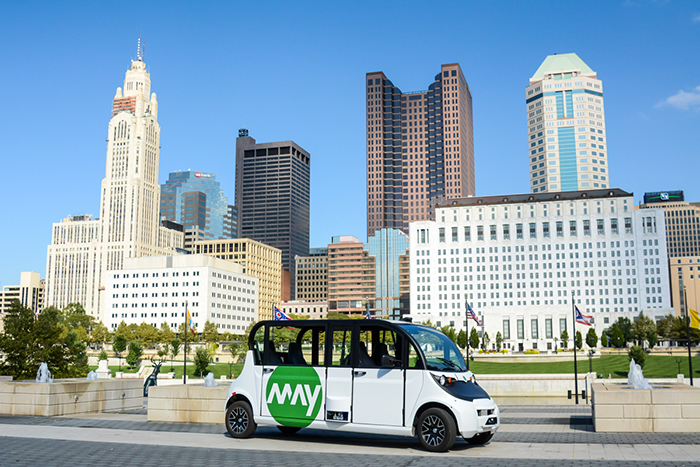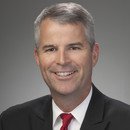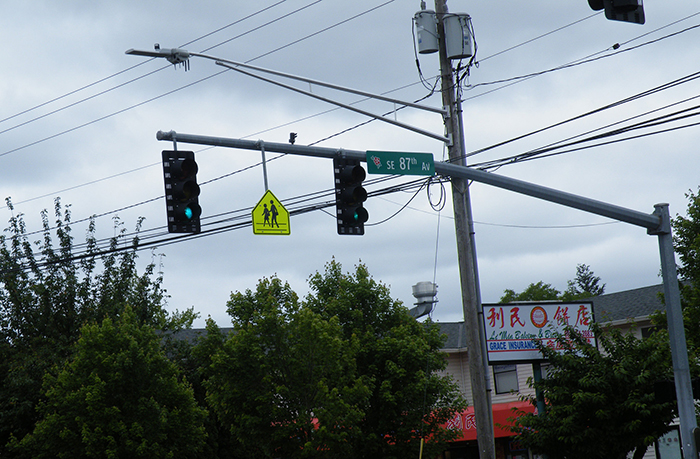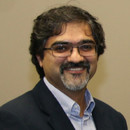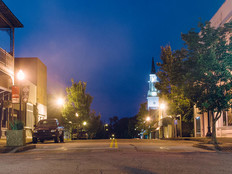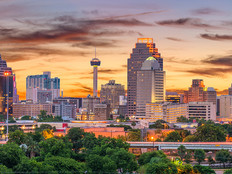However one slices it, smart cities are also big business. IDC expects smart city initiatives to attract technology investments of more than $81 billion globally in 2018, and spending is set to grow to $158 billion in 2022. Just the Internet of Things technology revenues across 12 key smart city technologies and verticals will grow from around $25 billion in 2017 to $62 billion in 2026, according to ABI Research.
StateTech has selected eight smart cities to watch. Some of them are what one might call “second-tier” cities, because of their small size and lower national profiles. And many of these cities are still just piloting technologies.
However, IT leaders in each all have clear visions for where they want to take their cities and see technology as not an end in itself, but a tool to make their cities better and more livable. We spoke with several city CIOs and smart city managers to gather their thoughts on how their cities will evolve as they use tech to improve the lives of their residents. Here are the eight smart cities to watch in the years ahead.

Population: 121,477 (2017 U.S. Census estimate)
Key IT Leader(s): Tom Shewchuk, IT Director, City of Ann Arbor
Main Smart Cities Projects:
Ann Arbor, Mich., is probably best known for being home to the flagship campus of the University of Michigan, so it is not surprising that the city has partnered with the university on one of its key smart city projects. Over the past few years, the city has struggled to deal with increased floodwaters flowing on the streets.
To direct waters after intense storms safely away, the city worked with the university to develop Open Storm, a package of open-source sensors, hardware and algorithms to measure and control stormwater.
Ann Arbor and Washtenaw County used the resources of Open Storm to create a smart stormwater solution. As StateTech has reported, Ann Arbor deployed sensors to collect data on water flow and quality, then transmit it via a cellular network to provide an instant snapshot of water conditions.
Student volunteers installed valves to open and close after a storm on city stormwater systems. Following a flood, city administrators can turn to the remote-controlled valves to release the water from the basins. They can throttle the collection of rainwater in basins and then let it drain downstream to a wetlands area.
Officials can choose to hold the water in basins for treatment before letting it drain if it is raining too fast for the system to keep up. Or they can hold it until ready to prevent too much water flowing too quickly.
Words of Wisdom:



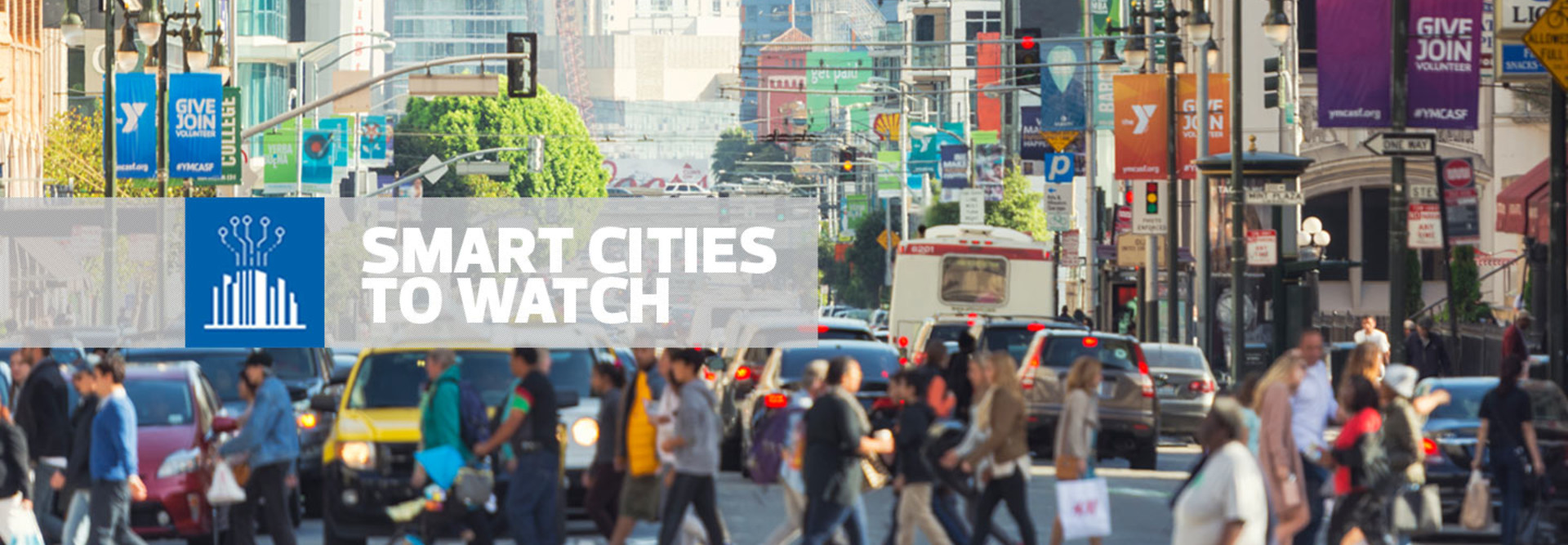



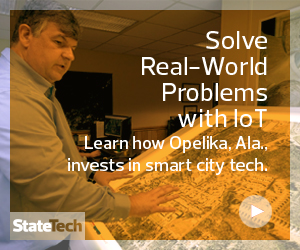




.jpg)


